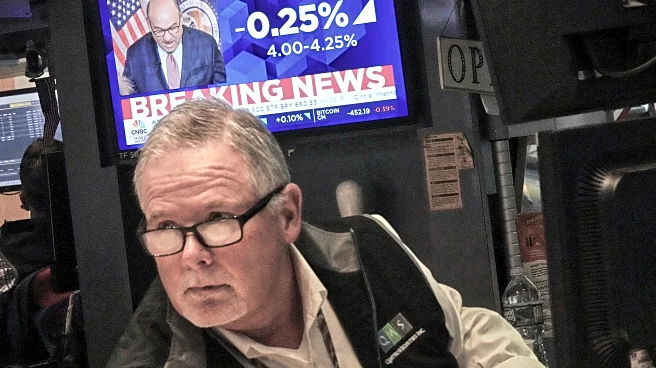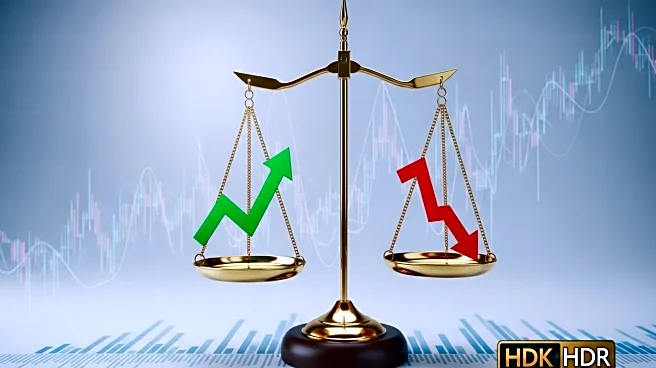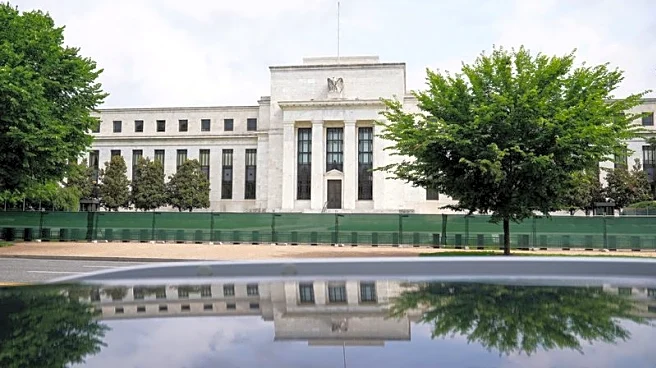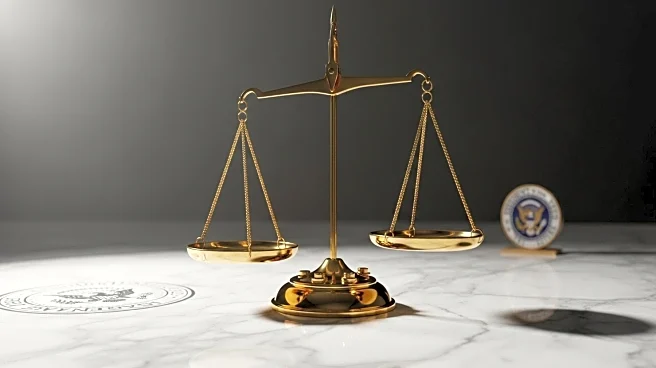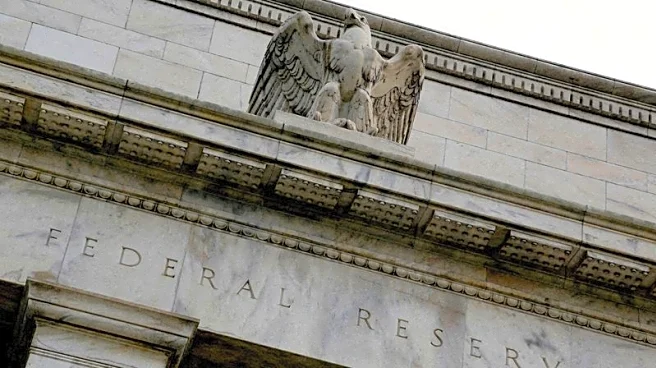What's Happening?
The Federal Reserve has implemented a 0.25% interest rate cut, a decision influenced by recent weak jobs reports and concerns over inflation. President Trump has been vocal about his dissatisfaction with the Fed's rate policies, advocating for more significant cuts. The appointment of Stephen Miran, a Trump administration member, to the Fed board has raised concerns about potential conflicts of interest. Miran's dissenting vote for a larger rate cut reflects Trump's influence, but the Fed's decision remains independent. Legal challenges are ongoing regarding Trump's attempt to remove Fed Governor Lisa Cook.
Why It's Important?
The Fed's rate cut decision highlights the tension between maintaining economic stability and responding to political pressures. Trump's push for lower rates reflects his desire for economic growth, but the Fed's cautious approach aims to balance inflation risks. The situation underscores the importance of the Fed's independence in making decisions that impact the U.S. economy. The potential removal of Cook and Miran's dual roles raise questions about the integrity of the Fed's decision-making process, which could affect investor confidence and economic policy.
What's Next?
The Trump administration's legal efforts to remove Cook may continue, potentially altering the Fed's composition and decision-making. The Fed's future rate decisions will be closely watched for signs of political influence. Stakeholders, including economists and policymakers, may advocate for measures to protect the Fed's independence and ensure balanced economic policies.
Beyond the Headlines
The situation highlights the broader implications of political interference in economic institutions, raising ethical concerns about the balance between government influence and institutional independence. It underscores the need for transparency and accountability in economic policy decisions.

